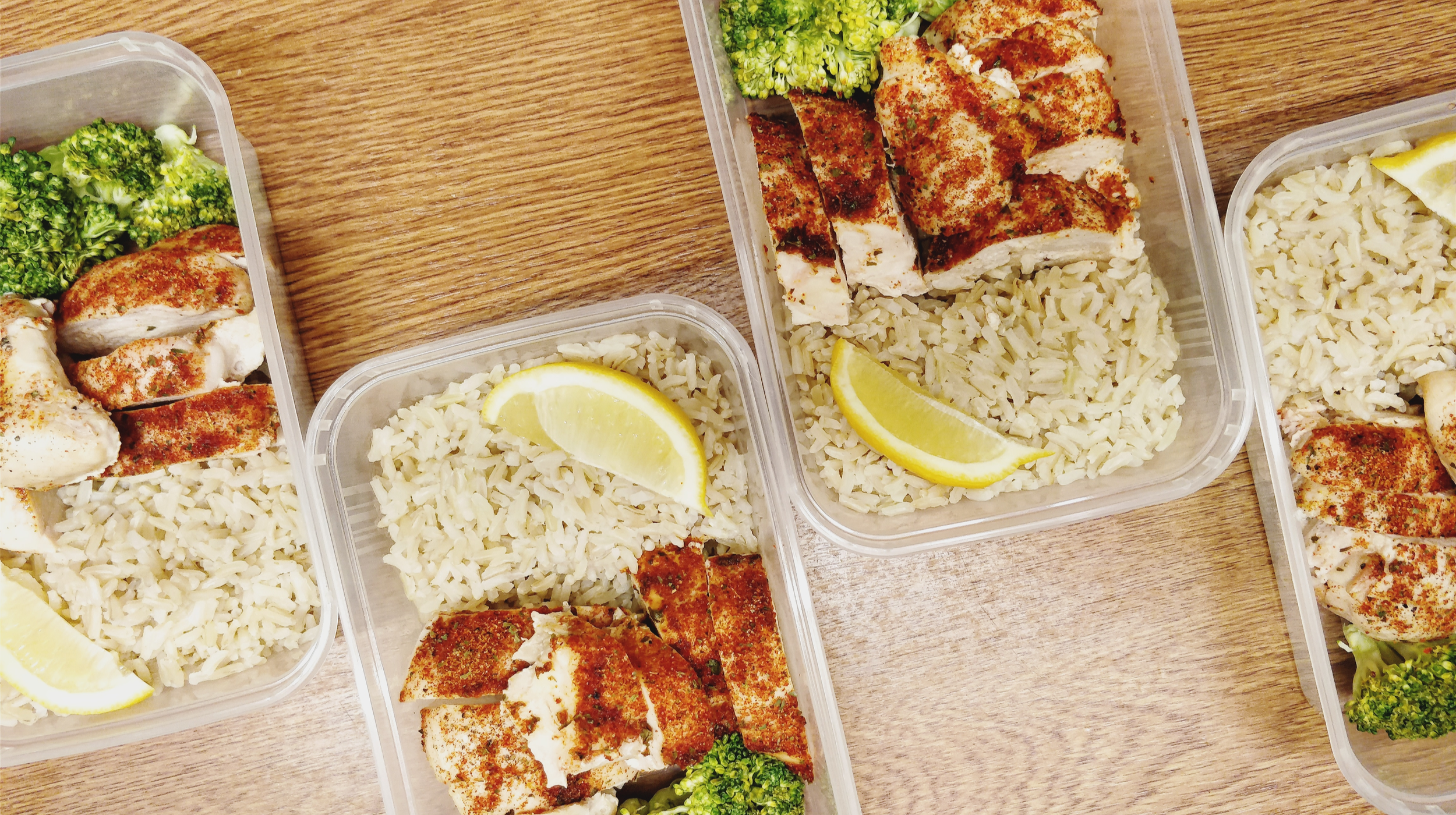How to Eat and Train if you are a Skinny Guy
May 18, 2020 mindpumpMost people have trouble losing weight. Not hardgainers. They have an opposite problem. They can’t seem to KEEP on the weight. I know, that’s hard for most of us to believe. It sounds like a dream for the rest of us. Eat 4000 calories, and barely gain a pound. But believe it or not it’s not as glorious as it sounds (if gaining size is the goal). Sure that may seem like fun here and there, or even a couple weeks, but after a while it genuinely feels like a second job. That’s the most common complaint I hear from hardgainers when they bump up their intake.
They’re simply not used to eating that amount of calories consistently. They usually have smaller appetites. Even if their appetite is big, trying to get 4000 calories from all high quality sources is very, very filling. It makes their training tough as well. If they aren’t eating enough, chances are, their strength isn’t going up like they’d like. Or they aren’t seeing the scale go up, so they don’t feel motivated to go to the gym as often. Ultimately, if you want to gain size, you are going to have to eat in a surplus and train in a way that promotes growth.
Eating Protocol:
Eat in a surplus – Multiply bodyweight x 15-16. Shooting for .5lb-1lb of weight gain a week.
Protein – Most people underestimate this more than anything else.
Calculating – .82g-1g per pound of body weight. 30-40grams of protein a meal
Not Calculating – make sure your protein serving is the size and thickness of your palm for EACH meal
Sources: turkey, beef, steak, chicken, fish, eggs, etc.
Carbs – 30-40% of your intake to support muscle recovery, and performance in the gym.
Calculating – .30-.40 x total caloric intake.
No Calculating – carb serving the size of closed fist each meal. Shoot for two fistfuls post workout.
Sources: oatmeal, rice, potatoes, quinoa, beans, etc
Fats – 20-25% of your calories
Calculating – .20-.25 x caloric intake.
Not Calculating – This should essentially be a serving give or take with each meal. That could be a tablespoon of olive oil, a quarter cup of almonds, whatever.
Sources: nut butters, nuts, olive oil, egg yolks, etc.
Extra Tools – If you are a hard gainer (struggle to add weight), whether it is because you get full easily, or your caloric intake needs to be a lot higher than the average person (usually 3500cals+), stick with high quality sources. Feel free to make high calorie protein shakes, and eat calorically dense foods, so that you can hit your goal a little easier. Again, 90% of the time stick with HIGH quality foods, but use this as a tool to help get you the rest of the way.
Consistency – Finally, stay consistent. Week to week check in. Add or remove 200 calories (or add or remove a serving of carbs or fats) if you are gaining or losing weight too quickly. It’s a process, and involves a lot of experimentation. Embrace it, and learn what your body responds best to.
Lifting Protocol:
Program Hopping – You can’t mix and match programs, or only stick to one for 2 weeks because you saw what you think is a better program later. Muscle growth is a consistent, long term approach. Choose a program, and stick with it for a minimum 3 months. You can change the reps and the exercises (as long as they’re hitting the same muscles), but you must keep the overall concept of that program. If it’s geared towards powerlifting, then make sure it’s focusing on bringing up the powerlifting movements, and don’t turn it into a bodybuilding program. If it’s a bodybuilding program don’t try to shorten the amount of days in the gym because it’s convenient. Do the workouts AS intended.
Progression – Muscle growth is ultimately increasing the amount of tension that can be placed on a muscle. If you want your muscle to be BIGGER than the week before, than you need to be DOING more than the week before. There are a couple ways you can do this. Stop wasting time focusing on eccentrics, and drop sets. Spend those 3 months focusing on either increasing the volume or intensity (more below).
Tracking – What gets measured gets improved! Track your progression so you know if your program, and consistency is actually getting you anywhere. It can be on a spreadsheet, on your notes, an weightlifting app, whatever you feel most comfortable with. It doesn’t need to be fancy. You just need to be able to see week to week, are you making progression in some form:
- 5lbs more than week before (intensity)
- More reps than the week before (volume)
- More sets than the week before (volume)
Compound Movements – You are already struggling to put on size. Spending all your time trying to hit small muscle groups isn’t going to get you to your goal. You need to be focusing on these bigger bang for your buck movements, that stimulate as much muscle as possible. Focus on the squat, deadlift, bench press, overhead press, rows, and pull-ups before starting to include smaller muscles like shoulders, biceps and triceps.
Form – Alright so you got the compound lifts in your program. Check your ego at the door, and focus on hitting the muscle you want to work. Change the exercise if you find some exercises work better than others. It’s about experimentation and finding what works for your body. Keep the form in check, but push each set till you are 1-2 reps shy of failure. Make sure each week you are progressing using methods above.







